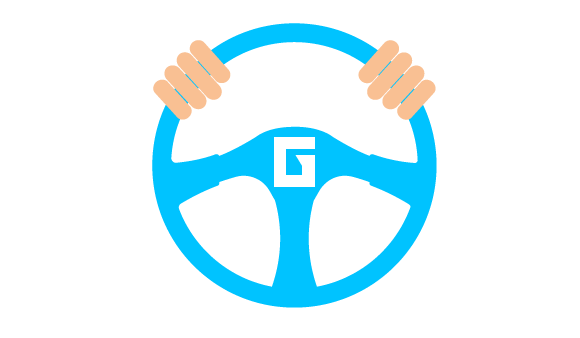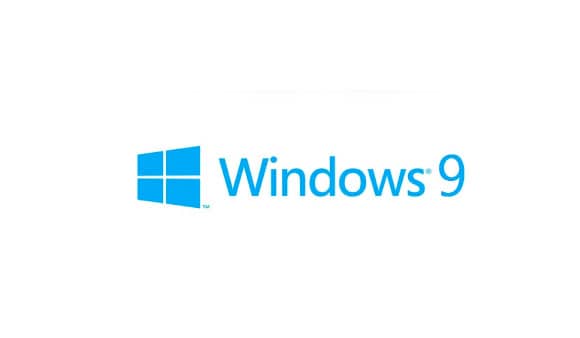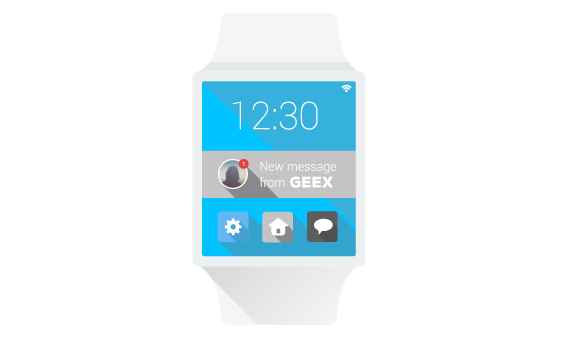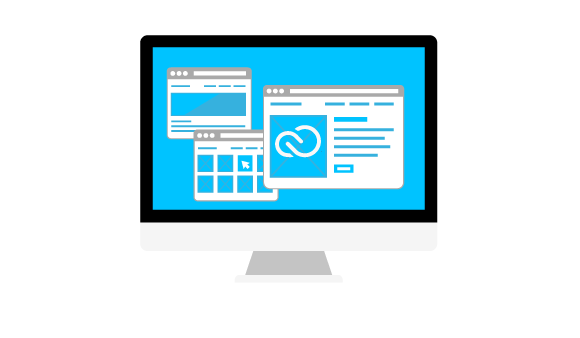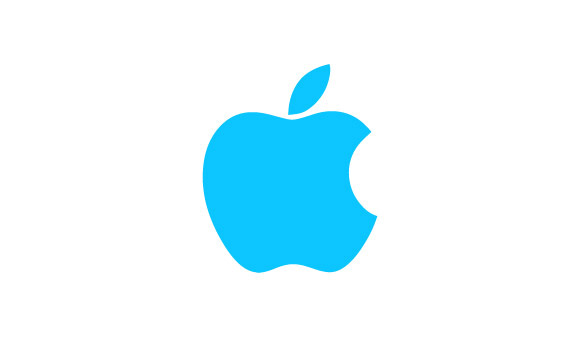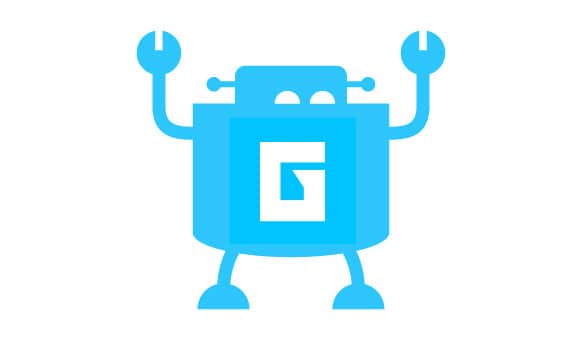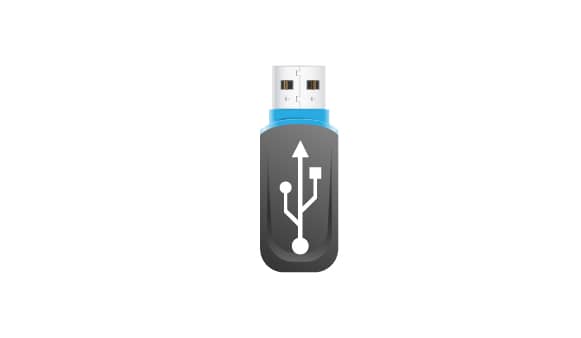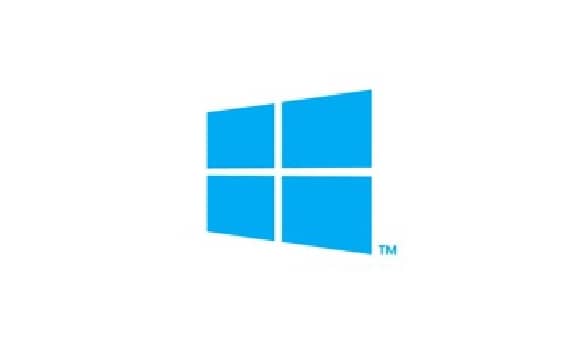A question: How do you make a racing car faster?
The answer: Use 3D technology, duh.
Further proof that we are taking huge leaps into the future of race car design, 3D printing is now being used in race cars to make them lighter and more enduring. 3D printing is a way of trying new things and seeing how they work in the cars, whether they are effective or not. It’s a much cheaper way of testing new designs. Racing cars used to take a minimum of four weeks to be developed; using the new technology they can be ready for the road the following day.
Strakka Racing’s new baby, the Strakka Dome S103 is a tough little thing, built for the World Endurance Championship. The car will travel further than an F1 vehicle manages in a whole season in just one race, the Le Mans 24 hour. Not bad for something made up of bits of 3D technology.
The new materials are strong and essentially very light, meaning they can really hold their own against more traditional materials. Dan Walmsley, the Team Principal at Strakka Racing explains that their new car is merely a taste of what’s to come.
“We’ve probably under-utilised it on this car, in the future you’re going to see cars with a much high proportion of it.”
The 3D printing industry is growing at a huge rate of nearly 46% a year, proof that in the future it won’t be just race cars benefiting from this technology. 3D printing has already been used in the fashion industry for several years, in jewellery design, the film industry, dentistry, prosthetics and art. This is a very exciting time for all spheres, not just exclusive to racing.
